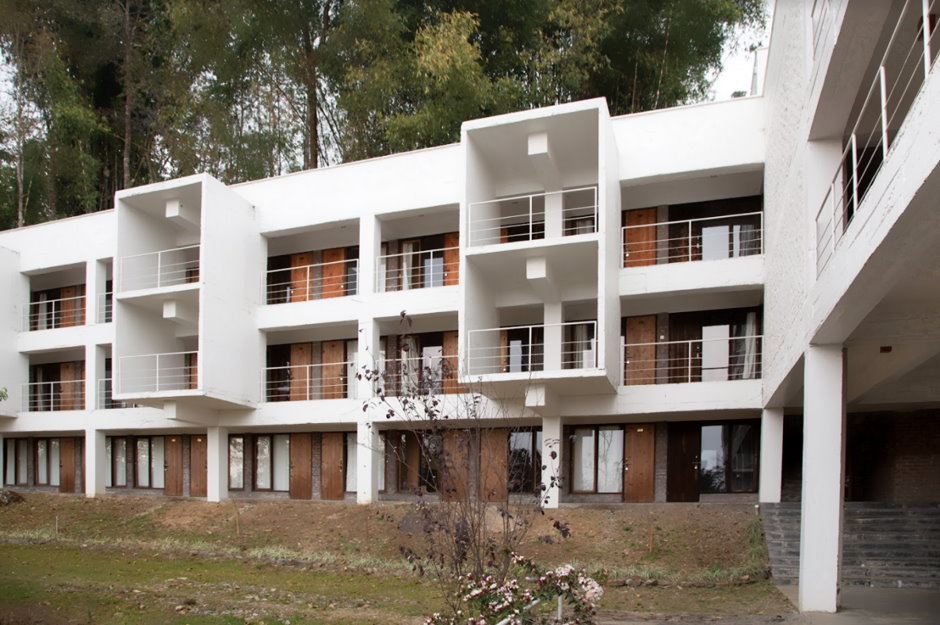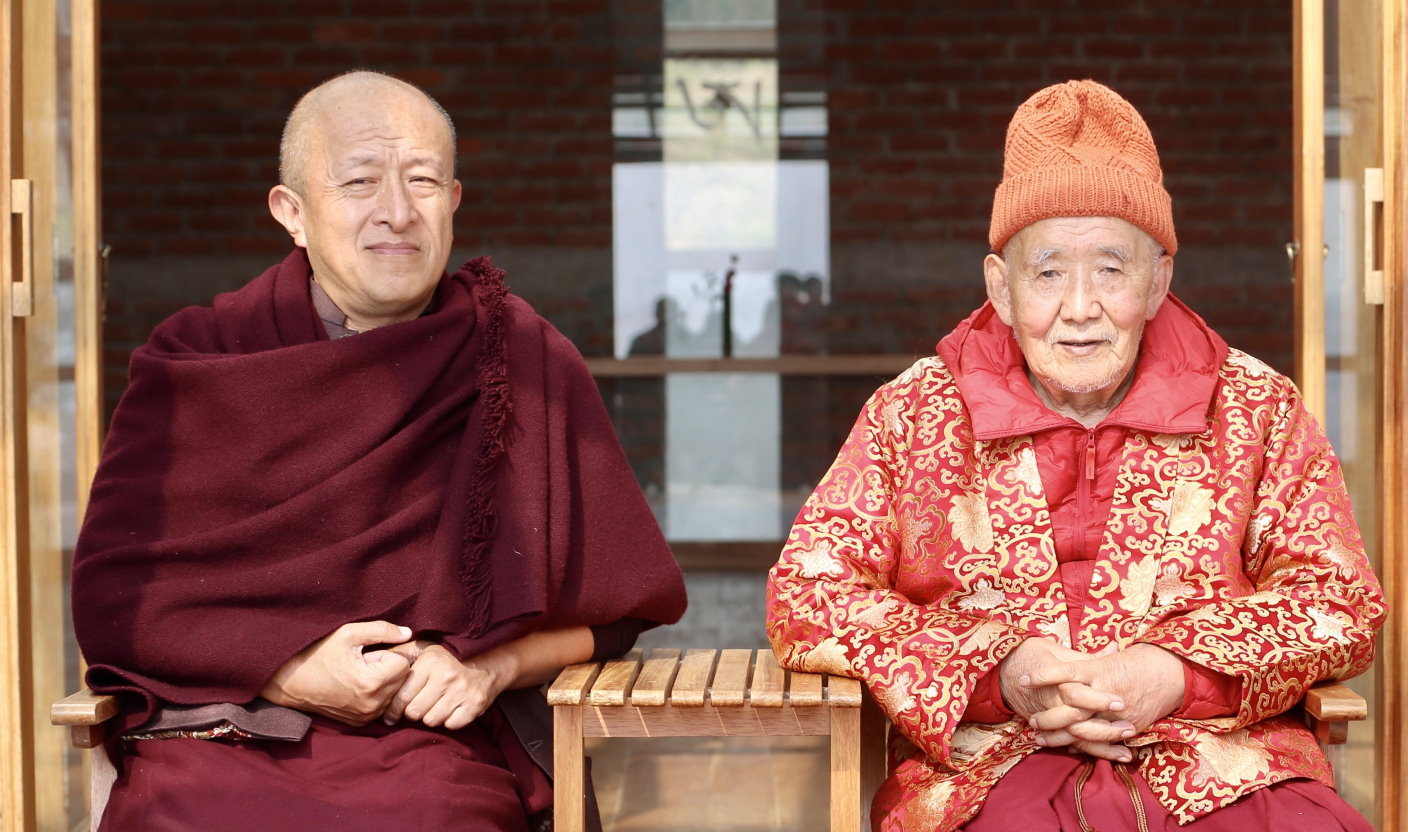
BUDDHA PĀDA
The Sanskrit word Pāda means foot or footstep. According to Buddhist legend, after the Buddha attained enlightenment, his feet made an imprint in the stone where he stepped. Buddha Pāda, therefore stands for the grounding of the transcendent. It symbolizes the Buddha’s presence; they are believed to be the imprints where the Buddha actually touched the ground; and his absence upon having entered nirvana.
Buddha Pāda is a representation of the Buddhist ideal of nonattachment, even as it reminds all that Buddha was present on earth and left a spiritual ‘path’ to be followed.

The Vision

“In this dark age, illumination is indispensable. Especially self-illumination – the innate illumination that we all possess and that needs no outer source – is of utmost importance, now more than ever. And who else could so immaculately reveal, expound, explain and guide us to this treasure but the three Great Illuminators themselves – Drime Ozer Longchen Rabjam, Khyentse Ozer (Jigme Lingpa), and Trengpo Sherab Ozer.
We at Buddha Pada are fortunate and proud to be the seat of these great Ozers. To this day, India remains a source of the world’s most profound wisdom, light and illumination. Indeed, just what we today call West Bengal has alone produced some of the greatest Buddhist masters ever to walk this earth. We in the 21st century cannot afford to lose our connection to this extraordinary tradition and spirit of past times.
In the Himalayan region where Buddha Pada resides, the Sherpas, Tamang, Gurkhas, Lepchas, Tibetans, Bhutanese, Sikkimese and more, have for centuries been the faithful custodians of this wisdom tradition. The colonial era came dangerously close to losing that connection. But the basic call of that precious heritage in the minds and hearts of Himalayan peoples has never really diminished. Indeed, it is so gratifying to see more and more of our youth searching for those roots and wellsprings of their being.
And so, it is at this moment in history that Buddha Pada aspires to provide the facilities and space to explore and celebrate this ancient heritage that is more relevant to our modern times than ever before. Inseparable from that wisdom tradition, Buddha Pada will also be a space where 21st century netizens can connect with the wider world through music, art, poetry, drama and more. And through all it does, Buddha Pada will enable all who step through its doors to explore, discover and invest in the innate goodness of human beings revealed to us by Gautama the Buddha.”
– Dzongsar Khyentse Rinpoche

The SPACe
Buddha Pāda Institute is situated in a lush forest in the outskirts of Kalimpong, India. It has a temple, prayer and teaching halls, workshop spaces, accommodation facilities, dining halls, and an upcoming Japanese tea room, library and cafe. It also has a theater equipped with audio-visual facilities.
The center was founded by Nyichang Rinpoche and is under the auspices of Dzongsar Jamyang Khyentse Rinpoche who is our spiritual guide and inspiration. The programs are conducted through Siddhartha’s Intent India.
Designed by the Japanese architect Yasuda Kenji, the center took 14 years to complete and was realised by Nyichang Rinpoche’s devoted students, Hideaki Inomoto from Japan and Kelsang Bhutia from Tibet.
The Aim
Buddha Pāda is a center for the study and practise of Buddhism in all its traditions, along with Indian philosophical systems and the contemplative culture traditions of the country. The center seeks to support initiatives for preservation and dissemination of ancient Buddhist wisdom, such as the historical translation project 84000.
The center also endeavours to create a platform for inquiry into Indian and Japanese culture through Contemplative Arts. To this end, we invite instructors and experts from varied fields to conduct programs and immersive workshops which are offered both, for our residents, as well as to the local community.
Simultaneously, it aims to strive towards sustainable ecological practises and livelihoods for the local communities in the Himalayas, with a special focus on the youth of the region.

Our Founders

Buddha Pada is the outcome of Nyichang Rinpoche’s vision to create a center dedicated to the study, practice, and preservation of Buddha’s teachings and with the intention to honour the ancient spirit of Nalanda.
His devotion and spiritual link to Dzongsar Jamyang Khyentse Rinpoche led him to offer the center to be managed by Siddhartha’s Intent under Rinpoche’s mandala. Buddha Pada was named by Khyentse Rinpoche as a tribute to the Buddha and the eternal truth that constitutes Buddhadharma.

The Making of Buddha Pāda
A monk sips morning tea,
it’s quiet,
the chrysanthemum’s flowering.
Architect’s Vision
Buddha Pada Institute and Basho House were designed by Japanese architect, Yasuda Kenji who was born in Osaka, Japan and runs his own design firm in Osaka since 1999.
At Buddha Pāda, Yasuda has succeeded in realizing a creative living space that is rich, rooted, natural and welcoming. The material articulation evokes a feeling of beauty and is, both an expression of and a foil for graceful living. It holds us, to paraphrase writer, philosopher Alain de Boton, in a kind of psychological mould, to a healthy vision of ourselves.
The design aesthetic of Palri Thegchog Ling / Buddha Pāda Institute is informed by Yasuda’s Japanese sensibility and the Buddhist View of Emptiness. Not dominating or ruling the environment, but being in harmony with it. Having lived in Japan all his life, Yasuda has a naturally strong Japanese sensibility. But, far from taking a contrived approach, his designs for Buddha Pada and Basho House find their language in a fluent Indo-Japanese-Tibetan aesthetic. The Japanese philosophy that allows for seamless flow of materials and elements finds its way into a pleasing amalgam of cultures here. Even as the sensory palate is stimulated at the sight of the beauty of the architecture and landscaping, a meditative trance, induced by the simplicity of the place accompanies. These spaces give one the perception of being completely free and totally connected with others at the same time.
